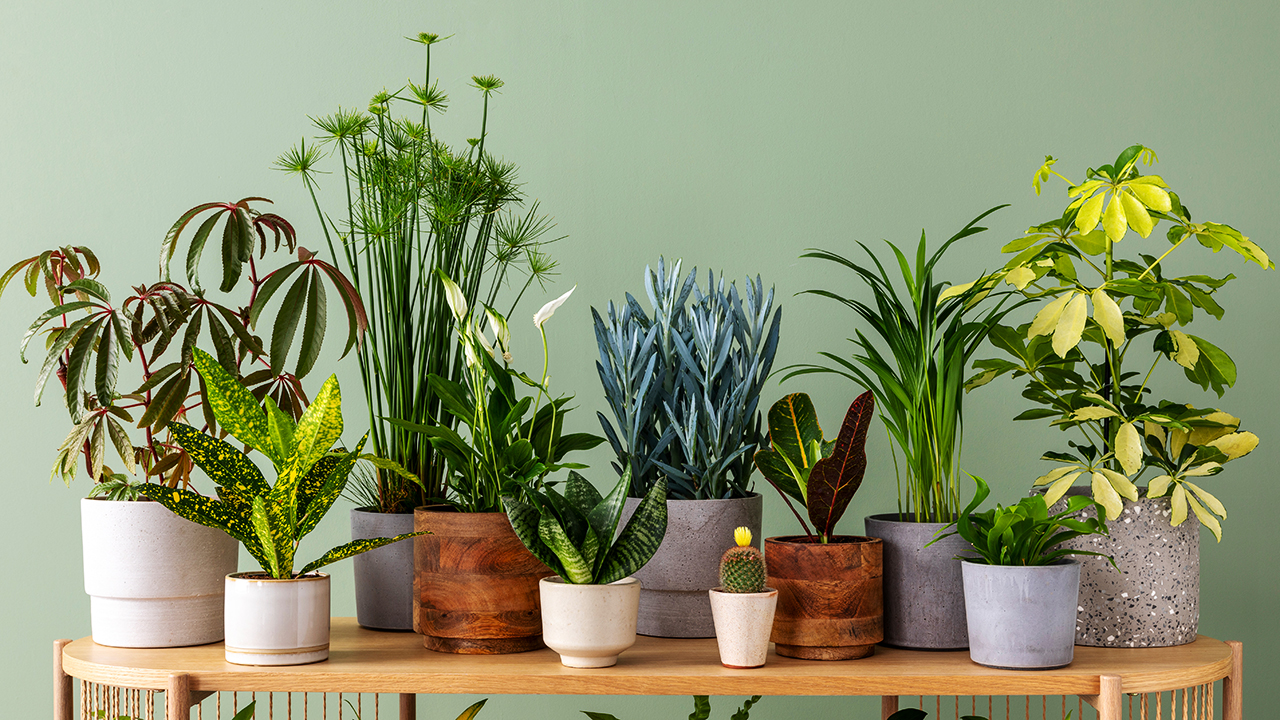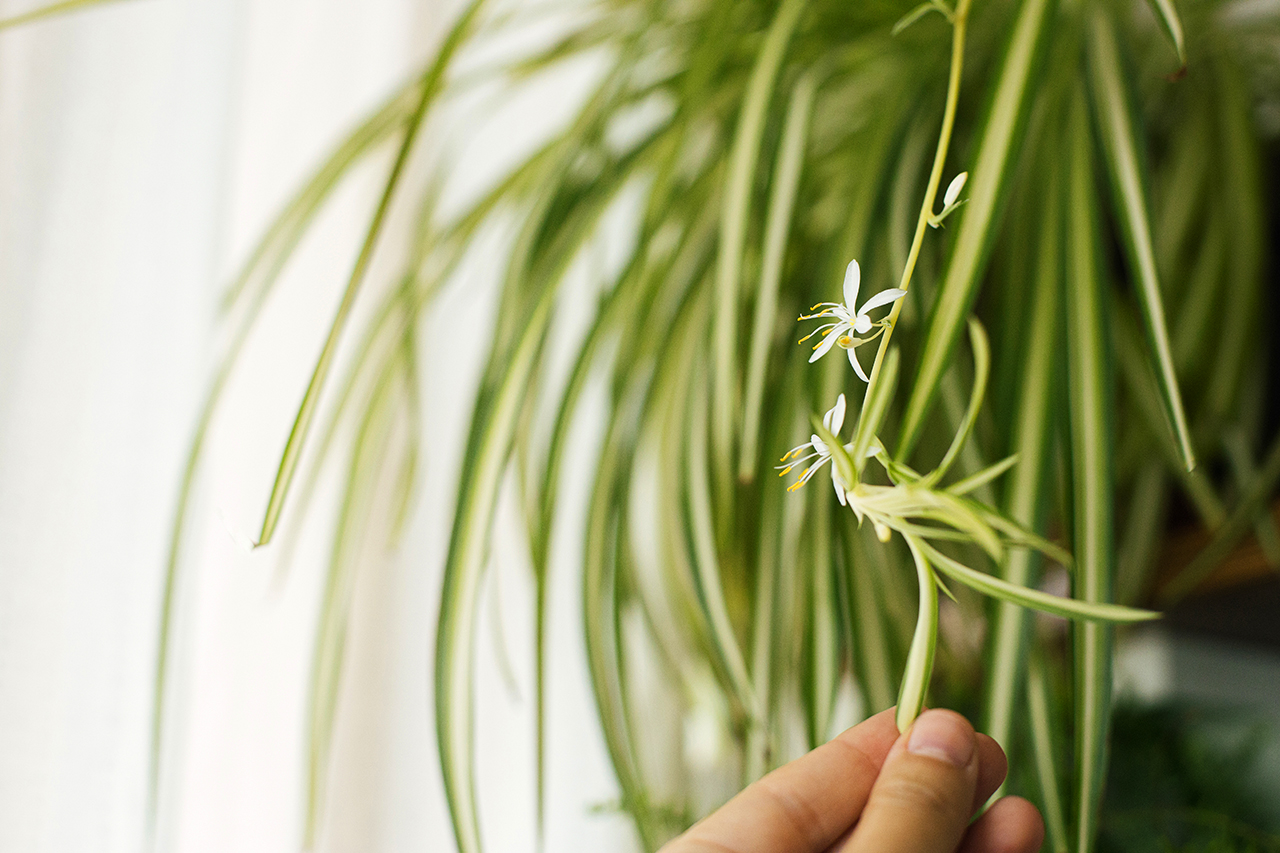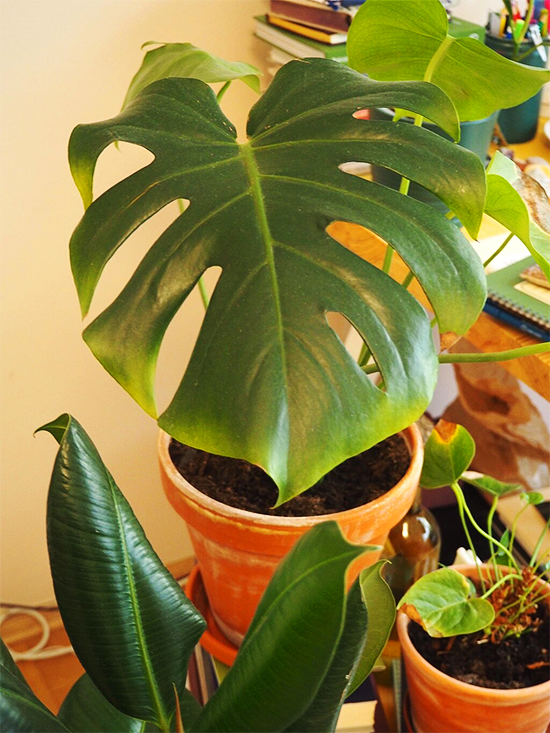
The allure of house plants, a trend that blossomed in the 1960s and has seen a resurgence in recent years.
The movement represents more than just an aesthetic choice; it symbolizes a deep-rooted desire for connection with nature in our increasingly urban lives.
The 1960s were a time of significant social and cultural change. Amidst this backdrop, house plants became popular as symbols of peace and natural living.
This era, marked by a growing environmental consciousness and a shift towards more organic lifestyles, saw the humble house plant as a way to bring a piece of nature into the home.
Popular choices included easy-to-care-for varieties like spider plants, peace lilies, and rubber plants. These plants were not only decorative but also believed to purify the air, adding to their appeal.

The trend was also fueled by the space race and the public’s fascination with life sciences. NASA’s studies on the benefits of plants in space stations indirectly promoted the idea of plants as essential for well-being.
This connection with scientific progress and environmentalism made house plants a fixture in homes of the era.
Fast forward to recent years, and the house plant craze has sprouted anew, with social media playing a pivotal role.
Platforms like Instagram and Pinterest are awash with lush images of urban jungles, turning house plants into a must-have element of home decor and lifestyle.
The trend also ties into the broader movement towards sustainability and mindfulness.
In a world where digital technology dominates, nurturing a plant provides a sense of grounding and a break from screen time.
Today’s plant enthusiasts are spoiled for choice, with exotic varieties like Monstera deliciosa and Fiddle Leaf Fig becoming household names.
Online communities where plant-lovers exchange tips and share their plant successes and failures have fostered a new social element to the craze.
In both the 1960s and today, the house plant craze reflects a deeper societal yearning. In the 60s, it was a desire for peace and a return to nature amidst a tumultuous social landscape.
Today, it’s about seeking a personal oasis in a fast-paced, technology-driven world. In both eras, amidst differing social climates, the essence remains the same: a longing to reconnect with nature and bring a bit of its serene beauty into our everyday lives.
The cyclical nature of this trend suggests that house plants are more than just a passing fancy. They represent a timeless appeal and a continuous thread in the fabric of domestic life, reminding us of the enduring relationship between humans and nature.

About The Author
John Bagnasco has been in the gardening industry for over 50 years, starting with a horticulture degree from Michigan State University and following a stint at Frank’s Nursery and Crafts in Detroit.
After publishing his first book “Plants for the Home Vol. I” in 1976, he moved to California to become regional manager and buyer for the Nurseryland division of Sunbelt Nursery Group.
He then became the head buyer for Armstrong Garden Centers based in Glendora, California. John had a part-time affiliation with Creative Promotions for ten years before joining them full-time in October 2000 as a senior editor and radio personality for Garden Compass.
John has also taught horticulture classes at Palomar College and San Diego State University.
He is the host of the DVD “The Essential Guide to Roses,” which also features Bryan Main and Bruce and Sharon Asakawa.
His most recent book is “Planting Designs for Cacti and Succulents”.
Currently, John is a co-host on “Garden America,” an interactive live gardening show that additionally provides podcasts of the broadcasts accessible on all major platforms.
You can contact John here.

